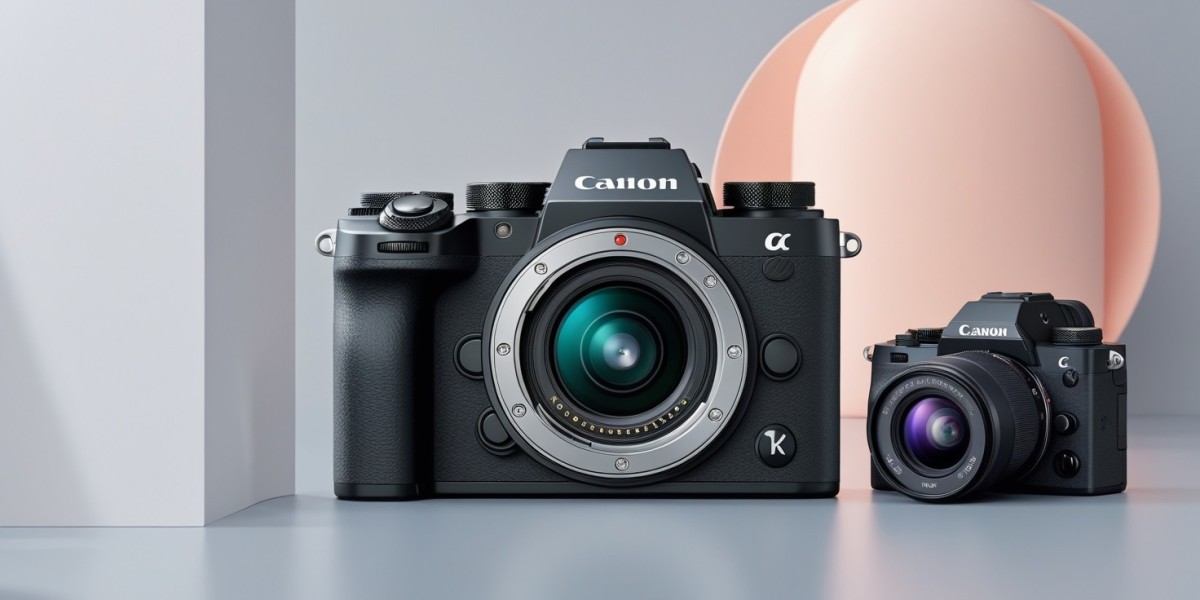New Mirrorless Cameras That Are Beating DSLRs in 2025
The debate between DSLR and mirrorless cameras has shaped the photography world for more than a decade. While DSLRs once reigned supreme thanks to their reliability, optical viewfinders, and battery endurance, the technological advancements in mirrorless cameras have changed the narrative. In 2025, new mirrorless models are not only catching up but decisively surpassing DSLRs in speed, versatility, and image-making capabilities. For both professional photographers and enthusiasts, the choice has become clear: mirrorless systems now lead the way forward.
Why Mirrorless Cameras Have Surpassed DSLRs
The evolution of mirrorless cameras has been dramatic. Early models lacked robust autofocus and struggled with battery performance. But by 2025, innovations in sensor design, processor power, and hybrid autofocus systems have allowed mirrorless cameras to outperform DSLRs in almost every critical area. They are faster, lighter, more versatile, and more future-proof as manufacturers continue to expand their lens ecosystems for these systems.
Key Advantages of Mirrorless Cameras in 2025
Mirrorless cameras now dominate thanks to several advantages that resonate strongly with photographers:
Speed and Autofocus Precision: Modern mirrorless cameras use advanced AI-driven autofocus capable of tracking eyes, faces, animals, and even vehicles with remarkable accuracy.
Compact and Lightweight Design: Without the mirror mechanism, these systems are easier to carry, making them ideal for travel, weddings, and documentary work.
Cutting-edge Video Capabilities: While DSLRs lag in video innovation, mirrorless models feature 8K recording, advanced log profiles, and internal RAW capture.
Electronic Viewfinders (EVFs): High-resolution EVFs now offer real-time exposure previews and focus aids, something DSLRs cannot match.
Silent Shooting: Professionals benefit from blackout-free, silent shutter modes that are essential in wildlife, sports, and events.
The Best New Mirrorless Cameras in 2025
Sony A1 II
Sony continues to dominate the professional mirrorless market with the Sony A1 II, a hybrid powerhouse combining 60MP resolution with blistering 40fps continuous shooting. With 8K/60p video and AI autofocus capable of tracking complex movement, this camera outpaces any DSLR in speed and flexibility.
Canon EOS R1
The long-awaited Canon EOS R1 redefines what a flagship can be. With a 45MP sensor, Dual Pixel CMOS AF II, and 30fps burst shooting, it rivals Sony for top spot. Canon’s mastery of color science makes this model a favorite among portrait and wedding photographers transitioning from DSLRs.
Nikon Z9 II
The Nikon Z9 II proves Nikon is fully invested in mirrorless dominance. With a 50MP stacked sensor, 8K RAW recording, and no mechanical shutter, it surpasses the best DSLR models in both resolution and speed. Wildlife and sports photographers especially benefit from its blackout-free shooting and deep buffer.
Panasonic Lumix S2H
The Panasonic Lumix S2H caters to filmmakers who need both stills and video. Offering 8K video recording, advanced V-Log, and one of the most effective in-body stabilization systems on the market, it makes DSLR video options seem outdated.
Fujifilm GFX100R
Although technically a medium-format mirrorless, the Fujifilm GFX100R is worth mentioning. With a 102MP sensor in a compact mirrorless body, it offers extraordinary detail and dynamic range, making it a tool for professionals in fashion, studio, and commercial photography. No DSLR can compete with this level of resolution in such a compact form factor.
Mirrorless vs DSLR: Real-World Impact
The difference between mirrorless and DSLR systems is not just about specs. In practice, professionals are experiencing faster workflows, greater creative flexibility, and better client outcomes with mirrorless cameras. For instance, a sports photographer using a Sony A1 II can capture sequences that were once impossible with a DSLR. Wedding photographers can shoot silently during ceremonies without distraction. Videographers now rely on hybrid mirrorless models instead of struggling with DSLR limitations.
The Role of Lenses and Accessories
One of the biggest reasons mirrorless adoption has accelerated is the expanding ecosystem of high-quality lenses. Brands like Sigma have played a critical role by offering professional-grade optics optimized for full-frame mirrorless mounts at more accessible price points. Additionally, compact tools such as the BF camera bring further flexibility to professionals seeking lightweight solutions without sacrificing image quality.
Why DSLRs Are Fading Away
While DSLRs remain reliable tools with strong battery life and optical viewfinders, they are now considered legacy technology. Manufacturers are investing their research and development into mirrorless innovation, leaving DSLRs with fewer upgrades and limited lens releases. In 2025, professionals looking to future-proof their gear are overwhelmingly choosing mirrorless systems as the smarter investment.
Final Thoughts
The mirrorless revolution is no longer on the horizon—it is here. In 2025, the best mirrorless cameras not only meet but exceed the performance of DSLRs in every category that matters: speed, image quality, autofocus, and video. Whether you are a professional photographer or an enthusiast ready to upgrade, the time to embrace mirrorless has arrived. From Sony and Canon to Nikon and Panasonic, the new generation of cameras proves that the DSLR era has reached its sunset.






